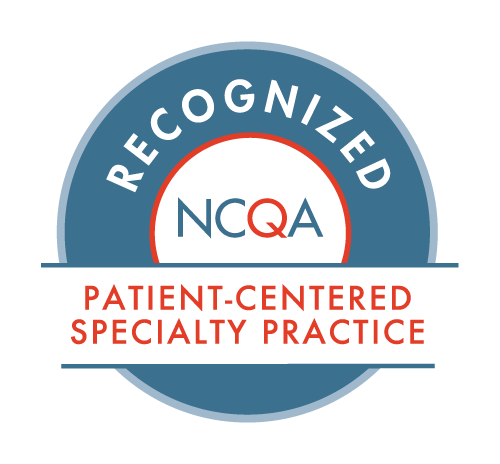Using the Arm for Cardiac Catheterization
- Posted on: May 15 2019
is a procedure where a catheter (a long hollow tube) is inserted through an artery and moved towards the heart. Dye is then injected to provide visualization of the arteries of the heart muscle. During catheterization, a stent or balloon may also be inserted if an artery is narrowed or clogged.
Most cardiac catheterizations are done through a groin artery. But at Hunterdon Cardiovascular Associates, we perform most of these procedures using the transradial approach, where the artery in the wrist is used as the entry point. We think this method is superior for our patients.
At Hunterdon Cardiovascular Associations, we perform almost 85 percent of our cardiac catheterizations using the transradial method. This makes our interventional cardiologists among the most experienced with this method in the state and region.
Who would need a cardiac catheterization?
There are a variety of reasons this procedure could be merited. If a patient is having chest pain the procedure can show whether the heart’s arteries have become blocked because of coronary artery disease. This is coronary angiography.
If you have a known blockage in a coronary artery, this procedure will be used for angioplasty. In these cases, the catheter has a balloon tip. It is moved into place with the guidance of x-rays and is then inflated. The balloon presses the plaque in the blocked artery to the sides of the blood vessel. This returns or increases flow through the artery. A stent is often then placed to keep the artery open.
Cardiac catheterization can also be used to correct heart arrhythmia through heart ablation.
Why is the transradial approach better?
While most providers use the groin artery to gain access for cardiac catheterization, if possible we prefer to use the wrist artery. These are some reasons why:
- Shorter hospital stays are required
- Patients are more mobile after the procedure
- Possible bleeding complications are lower
- Patients can resume normal activity levels more quickly
If your doctor thinks you need a cardiac catheterization to find out what is behind your chest pain or other reasons, trust the expertise of the team at Hunterdon Cardiovascular Associates and the transradial approach. Call us at (908) 788-1710 to schedule an appointment or with any questions you may have.
Posted in: Cardiovascular Diseases



